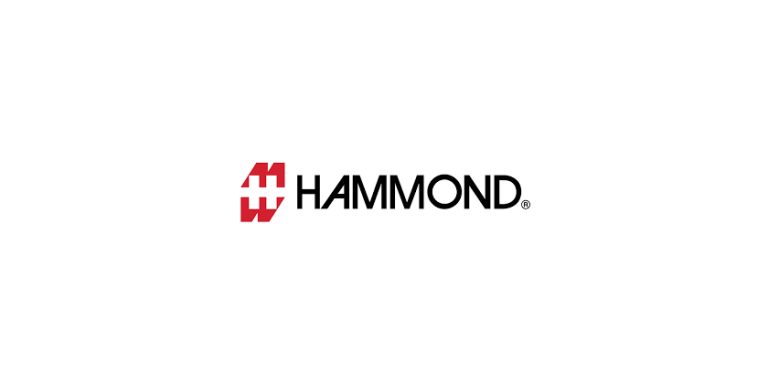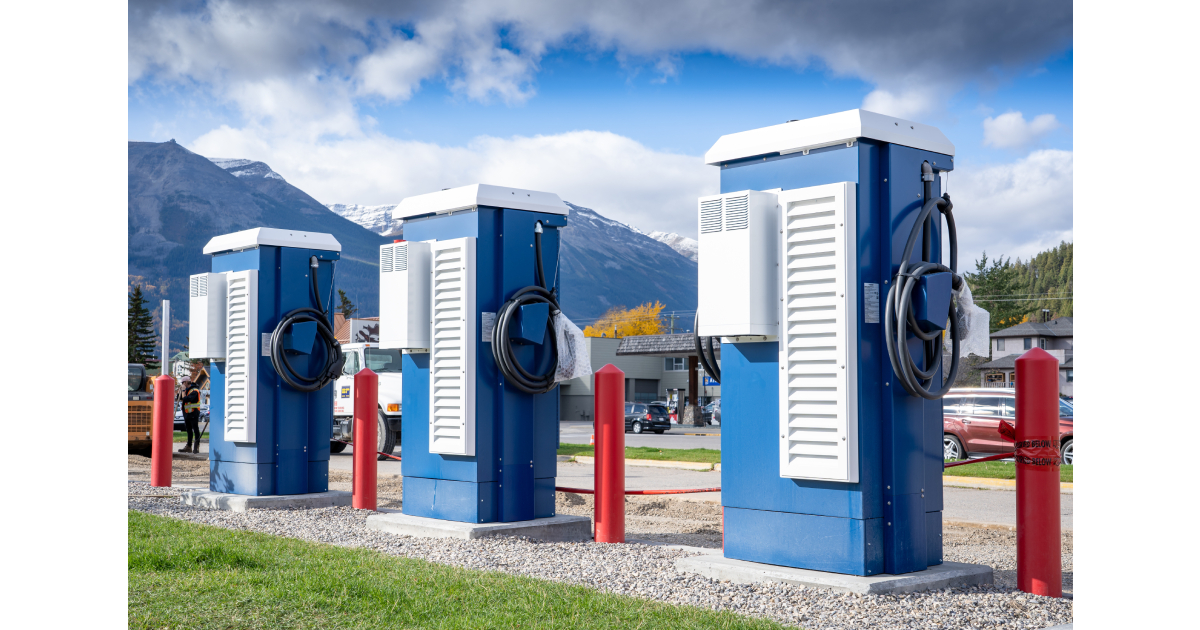Guide to the Canadian Electrical Code, Part 1 – A Road Map: Section 44

October 6, 2021
By William (Bill) Burr
Section 44 — Theater Installations
The Code is a comprehensive document. Sometimes it can seem quite daunting to quickly find the information you need. This series of articles provides a guide to help users find their way through this critical document. This is not intended to replace the notes in Appendix B or the explanations of individual requirements contained in the CEC Handbook, but will hopefully provide some help in navigating the Code. These notes are based on the 25th edition.
Rule 44-000 Scope – states that Section 44 is a supplementary or amendatory section of the code and applies to electrical equipment and installations in buildings or parts thereof that are used for dramatic, operatic, motion picture or other shows. It should be noted that, because of rapid advances in the theater industry, some rules in this Section may refer to electrical equipment that may be obsolete. The CEC Handbook provides additional notes and diagrams to better explain this Section.
The Section is divided into 5 parts –
- General rules, which applies to all theater installations,
- Fixed stage switchboards,
- Portable switchboards on stage,
- Fixed stage equipment, and
- Portable stage equipment.
General
Rule 44-100 Travelling shows – requires that a permit must be obtained before any electrical equipment is used for the initial performance of a travelling theater company, circus, or other type of travelling show, even if held in a theater. This ensures that a qualified person oversees the installation.
Rule 44-102 Wiring method requires that all wiring, in the stage, stage wing areas, orchestra pits and projection booths must be in rigid metal conduit, electrical metallic tubing, mineral-insulated cable, flexible metal conduit, armoured cable, lead-sheathed armoured cable, aluminum-sheathed cable, or copper-sheathed cable. Note that surface raceways are not permitted on the stage side of the Proscenium wall. Flexible cord or cable is permitted in accordance with Rules 44-252, 44-320, 44-350, and 44-354 of this Section and other wiring must be in accordance with Section 12 or Section 76. The proscenium is the frame separating the stage from the audience.
Rule 44-104 limits the number of border, stage pocket, or remote-control circuit conductors to the requirements of Rule 12-910. In addition, the fill of conductors is limited to 20% of the cross-sectional area of auxiliary gutters or metal wireways.
Rule 44-106 permits aisle light circuits to supply up to 30 – 25-watt lights.
Fixed stage switchboards
Rules 44-200 and 44-202 require fixed stage switchboards to:
- be dead front,
- have mechanical protection above the switchboard covering the full length as well as the space between the board and the wall behind,
- have exposed live parts on the back of the board enclosed by the walls of the building, by metallic mesh grilles, or by other acceptable methods, and
- have a self-closing door at the entrance of the enclosure.
Rule 44-204 specifies that only externally operated enclosed switches shall be used.
Rule 44-206 requires that a pilot lamp:
- protected by a 15 amp or less overcurrent device, and
- connected ahead of any master switch
be included in every switchboard enclosure that is connected to the circuit supplying the switchboard.
Rule 44-208 specifies that the fuse(s) for switchboards can be either plug or cartridge type but must be provided with an additional separate enclosure.
Rule 44-210 requires that an overcurrent device:
- be connected in the ungrounded conductor of each circuit leaving the switchboard, and
- that notwithstanding Rule 30-104, a 120-volt luminaire may be protected by an overcurrent device rated up to 100 A.
Rule 44-212 governs the installation of lighting dimmers and requires that:
- they must be completely disconnected from the supply when they are in the open position,
- resistance type dimmers that do not open the circuit may be connected in a grounded neutral conductor,
- all current-carrying parts of dimmers must be enclosed to prevent accidental contact.
Rule 44-214 requires that stage and gallery pockets, which are receptacles in the performance space used to power stage lighting, be controlled from the switchboard.
Rule 44-216 provides that, due to the high heat and vibration that may be associated with switchboards, some additional requirements that insulated conductors must have are:
- insulation suitable for the temperatures involved and not less than 125 °C.
- an ampacity concurrent with the switch or overcurrent device to which they are connected.
- bushed holes where they pass through a metal enclosure,
- wire strands soldered together fastening under a clamp or binding screw, and
- soldered into a lug or connected to a solderless lug, where the insulated conductor is No.8 AWG or larger.
Portable switchboards on stage
Rule 44-250 provides that portable switchboards must be constructed in substantial enclosures, which may be open during operation, if there are no exposed live parts except on dimmer faceplates.
Rule 44-252 requires that portable switchboards be supplied from an externally operated, enclosed, fused master switch within the switchboard that:
- is supplied by a flexible cord, type S, SO, or ST, that has sufficient ampacity to carry the total load current of the switchboard,
- arranged to cut off current from all apparatus within the enclosure, except the pilot light, and
- has an ampere-rating of the fuses not greater than the total load current of the switchboard.
Fixed stage equipment
Rule 44-300 specifies that footlights be installed in individual outlet boxes, where connected using rigid metal conduit or EMT, or in a metal trough to ensure bonding continuity.
Rule 44-302 provides minimum thickness of not less than:
- 78 mm thick for metal work for footlights, borders, proscenium sidelights, and strips, and
- 53 mm thick for metal work of bunches and portable strips.
Rule 44-304 requires that terminals of lampholders have a clearance of a minimum of 13mm from the metal trough.
Rule 44-306 calls for suitable guards to protect borders, proscenium sidelights, and strips from mechanical damage and accidental contact with combustible material.
Rule 44-308 specifies that suspended luminaires in borders and strips must be electrically and mechanically safe.
Rule 44-310 because of possible severe vibration, conductor termination at lampholders need to have a positive and reliable connection by soldering or suitable solderless connections.
Rule 44-312 identifies that mogul lampholders need to be double-walled with adequate ventilation between the walls.
Rule 44-314 requires that conductors supplying field assembled foot, border, proscenium, and portable strip luminaires must have insulation rating suitable for the high operating temperatures involved and not less than 125 °C.
Rule 44-316 reiterates that branch circuit overcurrent protection for footlights, border lights, and proscenium sidelights must be consistent with Rule 30-104.
Rule 44-318 states that pendant lights containing lamps with more than 100-watt capacity need to be provided with a minimum 13mm mesh guard to contain and prevent falling glass.
Rule 44-320 specifies that flexible cord supplying border lights must be:
- S, SO, or ST type
- fed from points on the grid iron or from other acceptable overhead points, but not from side walls,
- arranged so that clamps and binding screws are free from strain,
- provided with a metal bushing where passing through a metal or wooden enclosure, and
- located to permit convenient access to terminals or binding posts inside the switchboard enclosure.
Rule 44-322 addresses the flexibility of wiring for arc pockets, which are receptacles that supply carbon-arc lighting fixtures.
Rule 44-324 states that at least one receptacle installed in gallery pockets be rated not less than 30 amps for use by higher capacity lighting equipment.
Rule 44-326 specifies that arc and incandescent receptacles cannot be interchangeable and receptacles and plugs intended for the connection of:
- arc lamps must be rated not less than 35 A and be supplied by a minimum No. 6 AWG insulated copper conductor, and
- incandescent lamps be rated not less than 15 A and be supplied by a minimum No.12 AWG copper or No. 10 AWG insulated aluminum conductor.
Rule 44-328 requires that curtain motors must be the enclosed type.
Rule 44-330 governs the control and operation of flue dampers, which are located above the stage to allow smoke to exit in case of fire. Where stage flue dampers are released by an electrical device it must be:
- held in the closed position and automatically released on power interruption,
- controlled by at least two single-pole switches enclosed in self-closing but un-locked or latched metal boxes, one located at the electrician’s station, and the other as per Rule 28-604, and
- rated for full circuit voltage, with minimal circuit resistance, and located in a protective metal box in the loft above the scenery.
Portable stage equipment
Rule 44-350 requires that electrical fixtures attached to scenery must be securely fastened and supplied with flexible cord or cable suitable for hard usage and selected in accordance with Rules 4-012 and 4-040. In addition, bushings must be used where stems of fixtures extend through the scenery.
Rule 44-352 directs that where festooned lighting is used that the joints be staggered and that guards or shades be used to prevent contact with combustible material.
Rule 44-354 states that supply cords be provided for wiring methods for:
- arc lamps, bunches, or other portable equipment must be approved for extra-hard usage,
- other miscellaneous portable equipment may be other than extra-hard usage, and,
- all selected as per Rules 12-402 (1) and 12-406 9(1).
Rule 44-356 requires that special stage effects portable equipment must be acceptable to the local AHJ and located to prevent flames, sparks or hot particles contacting combustible material.
In the next installment, we will be discussing Section 46 — Emergency Power Supply, Unit Equipment, Exit Signs, and Life Safety Systems.
[1] Source: CSA C22.1:21, Canadian Electrical Code, Part 1 – Safety Standard for Electrical Installations. © 2021 Canadian Standards Association. Please visit store.csagroup.org. With the permission of CSA Group, material is reproduced from CSA Group standard CSA C22.1:21, Canadian Electrical Code, Part 1 – Safety Standard for Electrical Installations. This material is not the complete and official position of CSA Group on the referenced subject, which is represented solely by the Standard in its entirety. While use of the material has been authorized, CSA Group is not responsible for the manner in which the data are presented, nor for any representations and interpretations. No further reproduction is permitted. For more information or to purchase standard(s) from CSA Group, please visit store.csagroup.org or call 1-800-463-6727.
[2] William (Bill) Burr is an associate member of the Canadian Electrical Code, Part 1, Technical Committee and formerly Chair of the Canadian Advisory Council on Electrical Safety (CACES), Chief Electrical and Elevator Inspector for the Province of BC & the Northwest Territories, Director of Electrical and Gas Standards Development and Director of Conformity Assessment at CSA Group. Bill can be reached at Burr and Associates Consulting billburr@gmail.com.

















